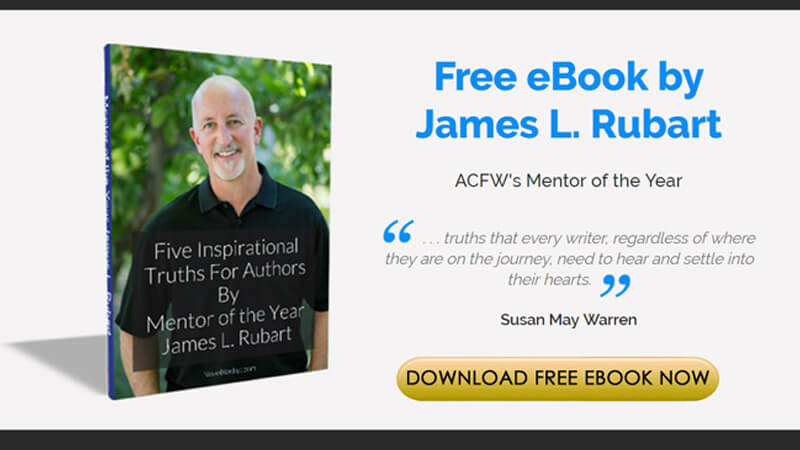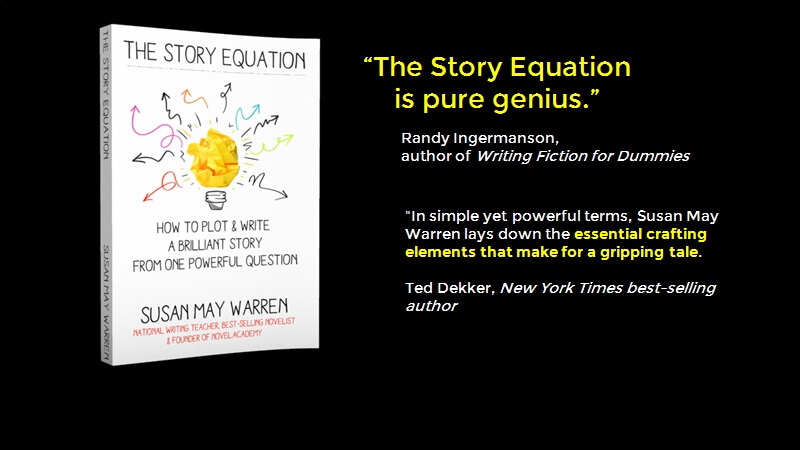 Jennifer AlLee was born in Hollywood, California, and spent her first ten years living above a mortuary one block away from the famous intersection of Hollywood & Vine. Now she lives in the grace-filled city of Las Vegas, which just goes to prove she’s been blessed with a unique life. When she’s not busy spinning tales, she enjoys playing games with friends, attending live theater and movies, and singing at the top of her lungs to whatever happens to be playing on the car radio. She's a member of American Christian Fiction Writers, Romance Writers of America, Christian Authors Network, and the Christian Fiction Blog Alliance. Her novels include The Pastor’s Wife, The Mother Road, A Wild Goose Chase Christmas, Last Family Standing, and the upcoming Vinnie’s Diner from Abingdon Press; Diamond in the Rough, Vanishing Act, and Curtain Call from Whitaker House and co-written with Lisa Karon Richardson; and the novella Comfort and Joy in the Christmas anthology, Mistletoe Memories from Barbour. Visit her website and blog.
Jennifer AlLee was born in Hollywood, California, and spent her first ten years living above a mortuary one block away from the famous intersection of Hollywood & Vine. Now she lives in the grace-filled city of Las Vegas, which just goes to prove she’s been blessed with a unique life. When she’s not busy spinning tales, she enjoys playing games with friends, attending live theater and movies, and singing at the top of her lungs to whatever happens to be playing on the car radio. She's a member of American Christian Fiction Writers, Romance Writers of America, Christian Authors Network, and the Christian Fiction Blog Alliance. Her novels include The Pastor’s Wife, The Mother Road, A Wild Goose Chase Christmas, Last Family Standing, and the upcoming Vinnie’s Diner from Abingdon Press; Diamond in the Rough, Vanishing Act, and Curtain Call from Whitaker House and co-written with Lisa Karon Richardson; and the novella Comfort and Joy in the Christmas anthology, Mistletoe Memories from Barbour. Visit her website and blog.
Putting Yourself in the
Story
How much of yourself do
you put into your characters? I get asked that question a lot. My standard
answer is that a little bit of myself kind of has to find its way into each character.
After all, I created them. It’s like giving birth to a child. Even if that
person is nothing like you in the way he acts or how he views life, there’s
still something of you in him.
But there are times
when you may find you want to intentionally put more of yourself into a
character. At that point, it’s a fine line between letting your persona inform
the character, and making it an autobiographical sketch.
When I was a young,
single woman, I got pregnant. After a lot of soul searching (and a lot of
crying and yelling and stress-eating) I decided to give my child up for
adoption. That was a huge, life-defining moment for me, for my child, and for
her new parents. Over the years, I’ve wanted to write something that could
incorporate my feelings and experiences, and possibly help others who found
themselves in a similar spot. Trouble was, I could never settle on just how to
do it.
Then one day, a few
years back, I was watching Chopped
(a cooking competition on the Food
Network). One of the contestants was talking about how she had been adopted
but had never met her birth mother. Part of the reason she wanted to be on the
show was that she hoped her birth mother would see her and be proud of her. As
soon as I heard that, the light switched on and I was on track to writing Last Family Standing.
The character of Monica
Stanton is more like me than any other I’ve written. The way she views her life
is much how I look at things. Her clumsiness definitely resembles my own,
because if I was ever in a survival competition, I would be my own worst enemy.
But, I was very careful to avoid the specifics. While Monica’s thoughts and
feelings resemble my own, her actions are very different. The hows and whys are
not the same. For example, Monica meets her daughter, but I have never met
mine. We are aware of each other, we even know pretty much where the other
lives. But for now, our lives are separate. So while my own feelings informed
the character of Monica, her daughter, Jessica, is purely of my own creation. But
this works for me. After all, I do write fiction. It was never my intention to
write an autobiography. But by using my own personal experiences as a
touchstone, the story has become richer.
What about you? Have
you used experiences from your own life to inform your fiction? Or is there
something you want to blend into a novel? How might you do that?
LAST FAMILY STANDING
Twenty-five years ago, Monica gave up a baby girl for adoption. Now, the thing Monica didn’t dare hope for has happened: Jessica has reentered her life... and wants to meet her. There’s just one catch: the reunion must happen on a reality TV show. Though Monica has hesitations, she’s willing to swallow her pride—and a few other unsavory items—if that’s what it takes to connect with her daughter.
Between the unpleasant surprises of nature, the awkward tension with other cast mates, and her desperate attempts to do or be anything remotely athletic, Monica quickly learns that reality bites… hard. It all might make for good TV, but it isn’t very helpful in building relationships. As she stumbles through challenges and faces buried emotions and regrets, Monica wonders if she can be what her daughter wants and needs—and is that more than just a teammate? Can Monica and Jessica ever really be the Last Family Standing?
























Hey, Jen! This is lovely~~~~ And what an amazing cover! Looking forward to reading it. Much love to you!
ReplyDeleteI've been looking forward to reading this story since you first mentioned the idea! Glad to see it come to fruition! <3
ReplyDeleteThanks, Julie! Abingdon always does a great job on covers, but this one is my favorite to date. Big hugs & love to you <3
ReplyDeleteThank you, Niki! The main character in this story is Monica, but there's someone in her life who calls her Niki. Every time I typed that, I thought of you :) Lots of love to ya <3
ReplyDeleteBeautiful cover. You're a brave woman, once a brave young girl.
ReplyDeleteThanks so much, Nicole. I had a lot of loving supportive people around me... and I still do!
ReplyDeleteSo much value in this post - I've struggled with finding that balance between autobiography and letting my thoughts, feelings and history inform a character. In answer to your question, I believe my experiences and work in the Christian recovery movement will someday enrich a novel, but the confidentiality factor is so critical I've hesitated to begin. Reading your thoughts has been helpful; I can include wisdom and insight without breaking confidence. Thanks for this!
ReplyDelete